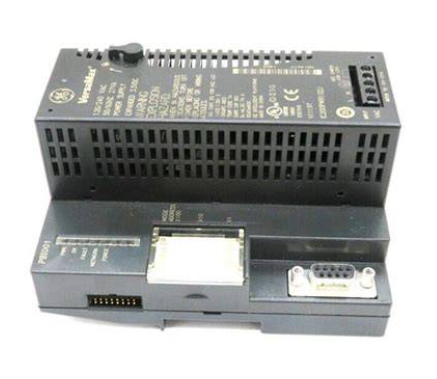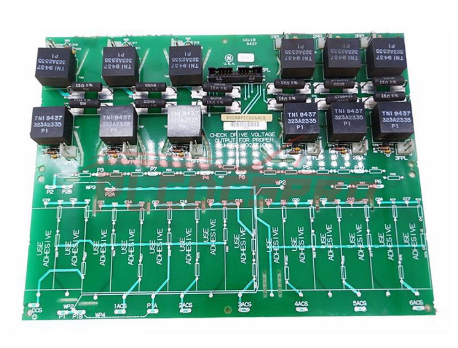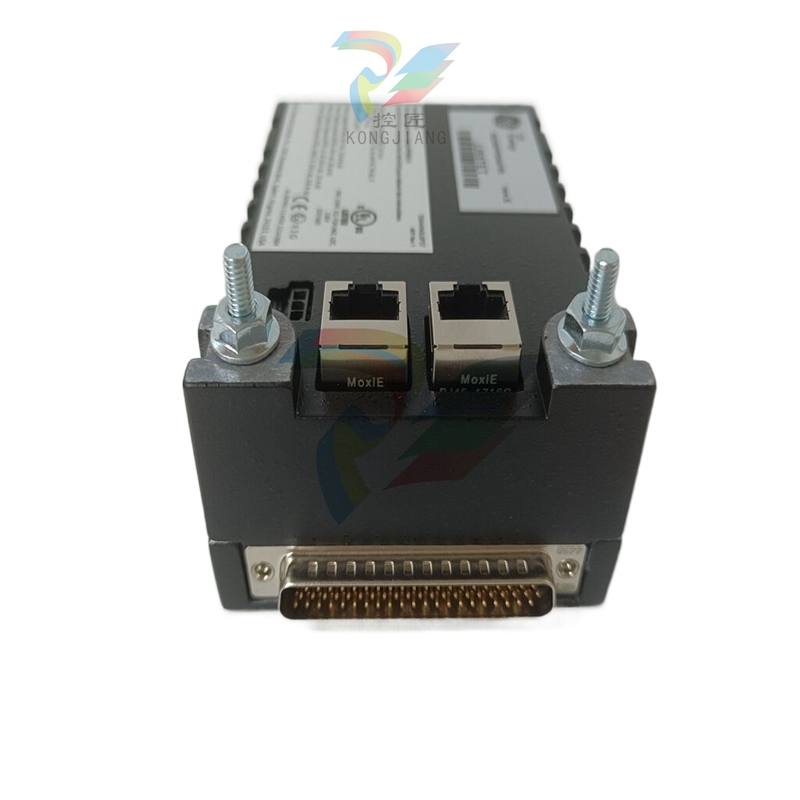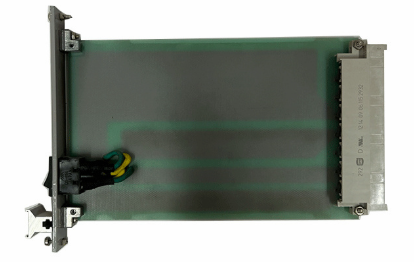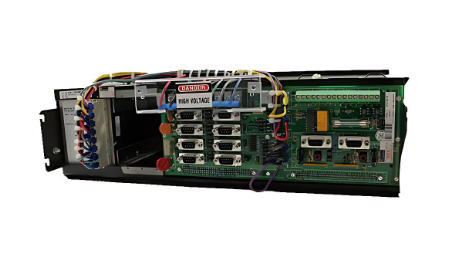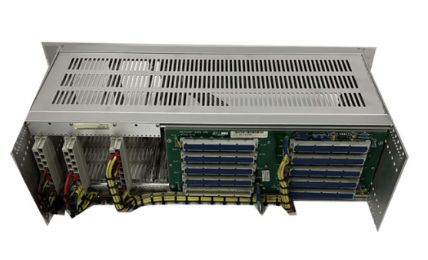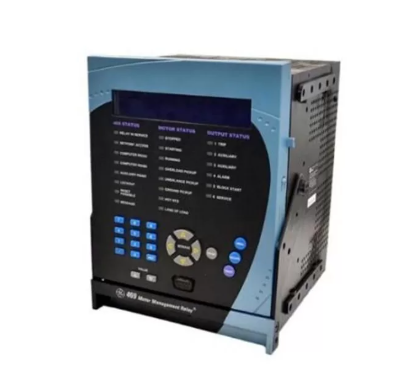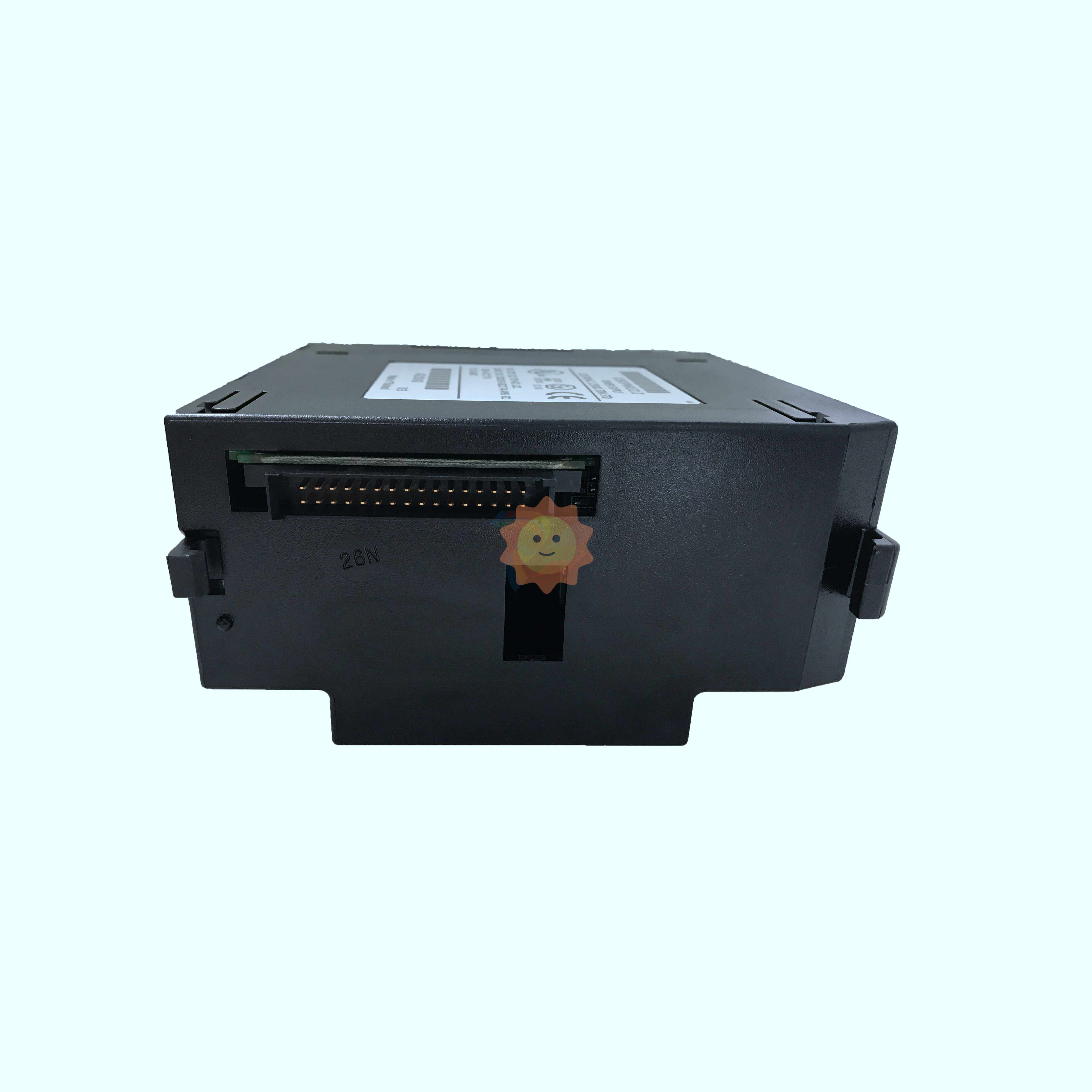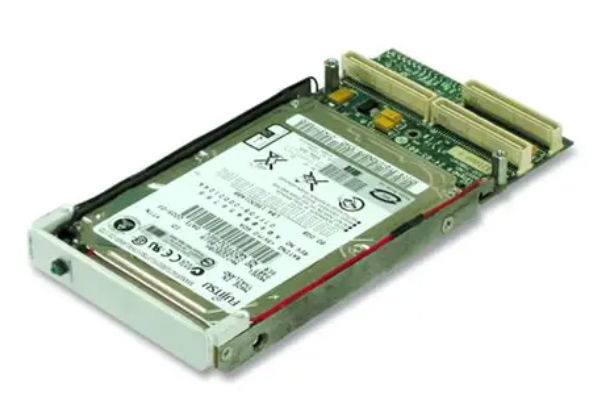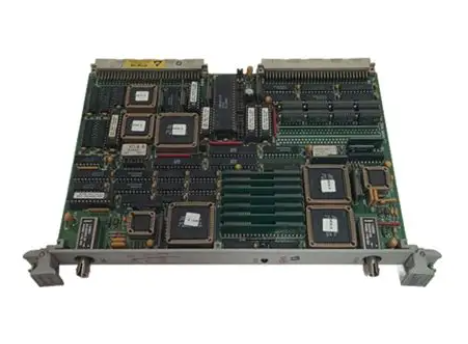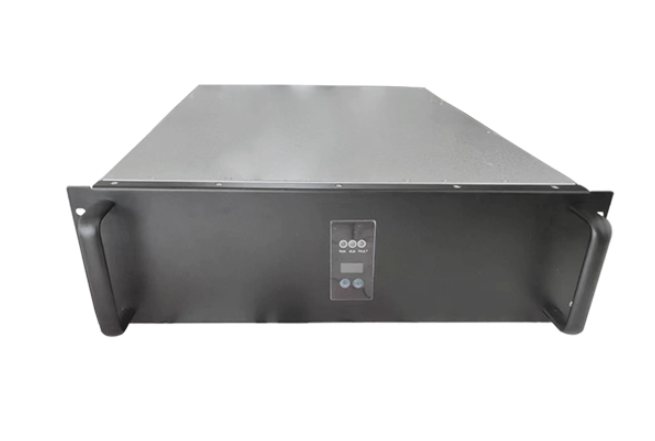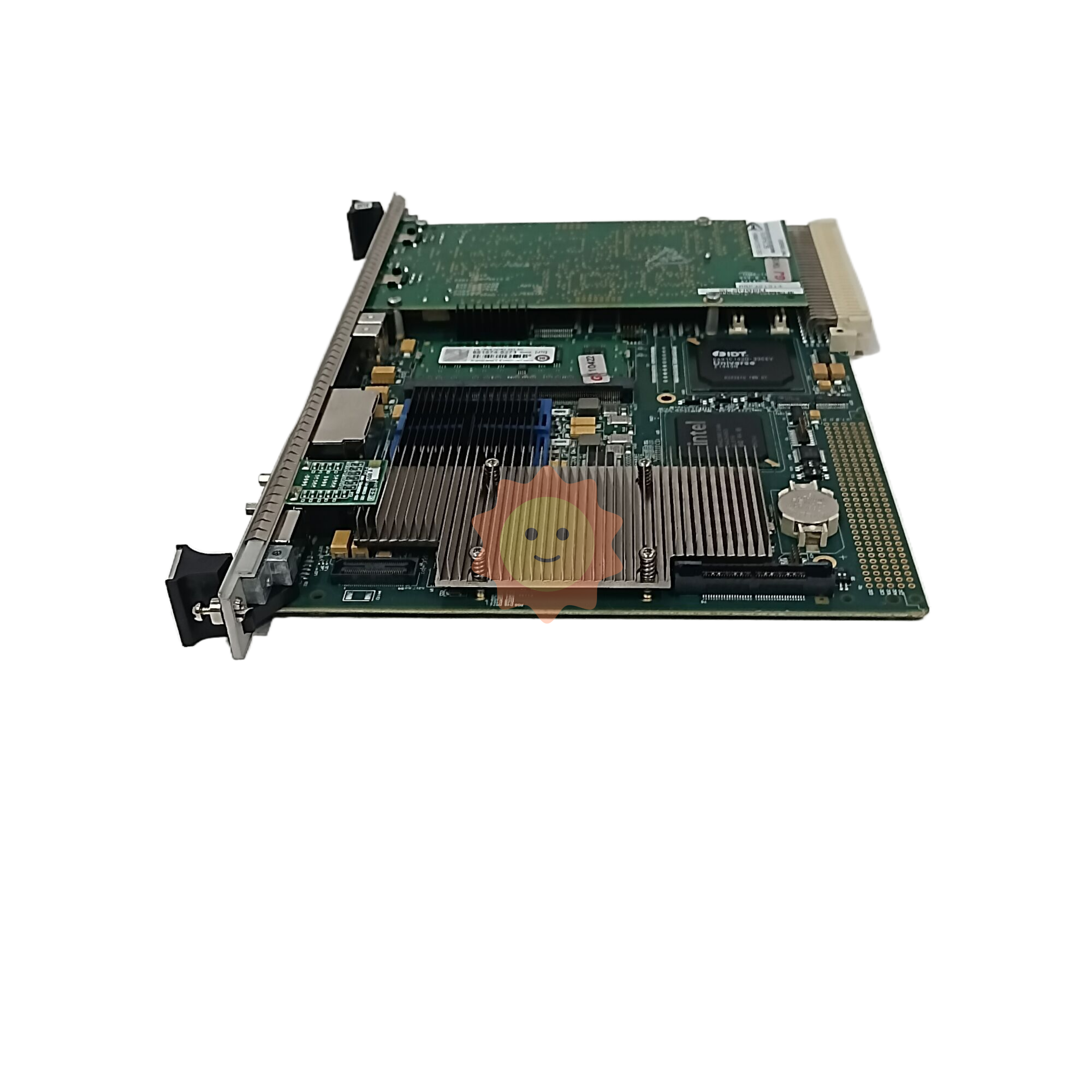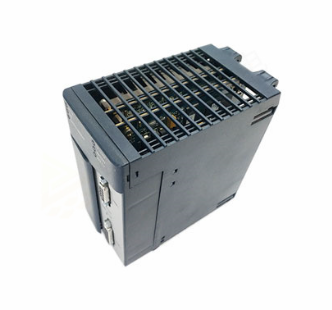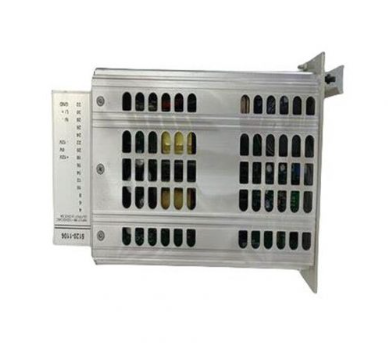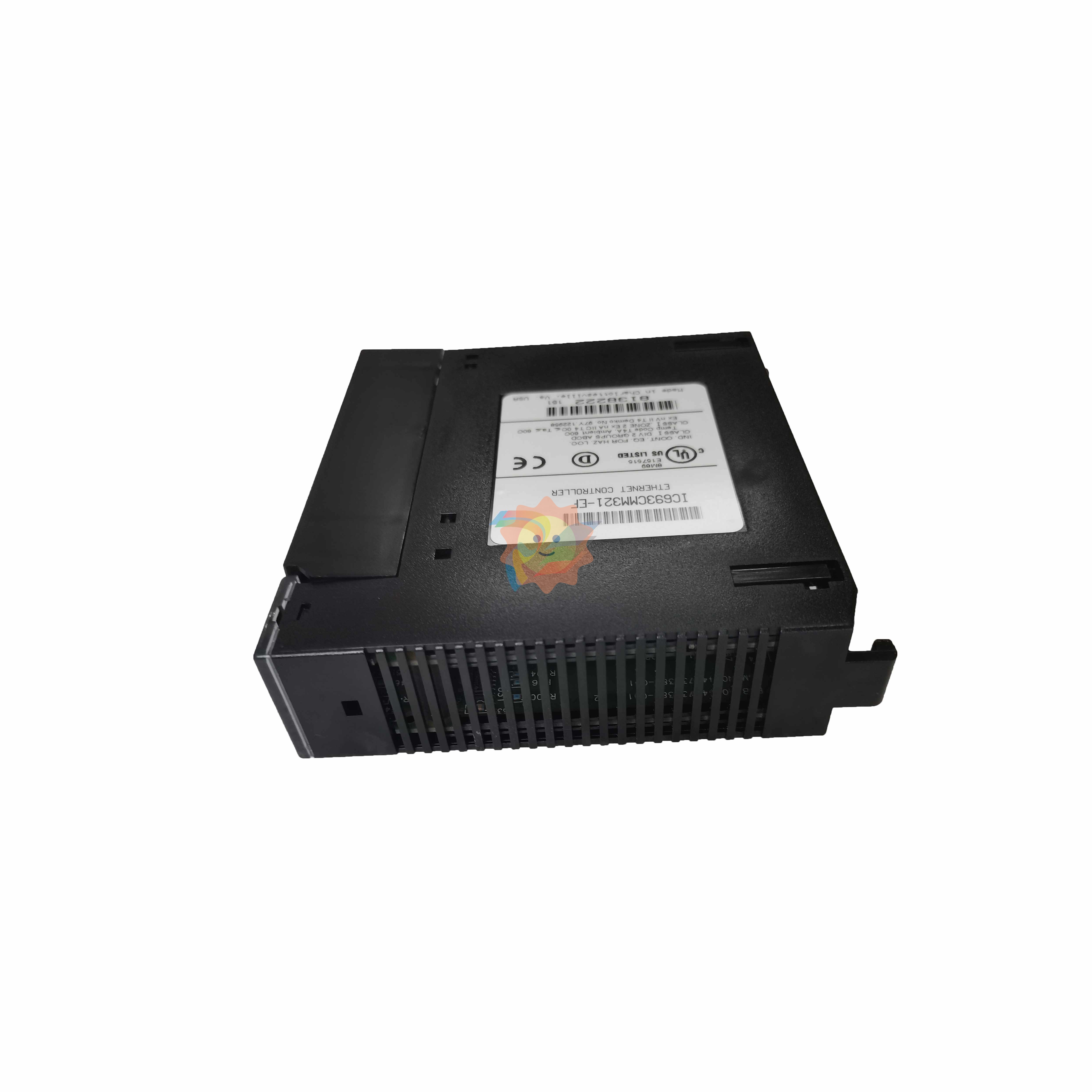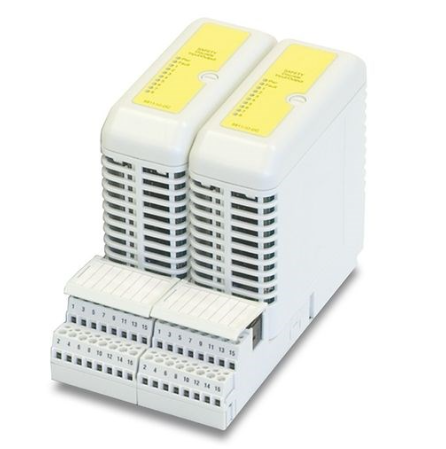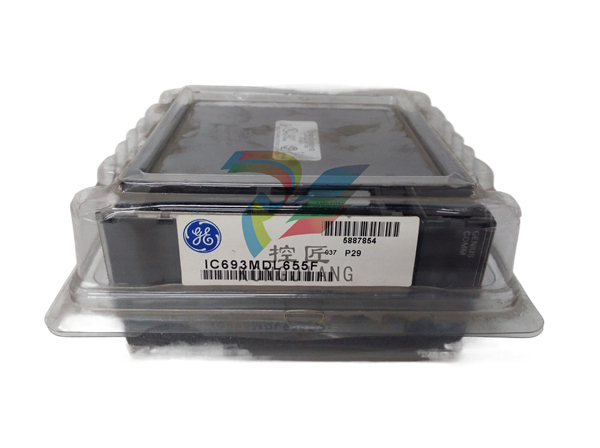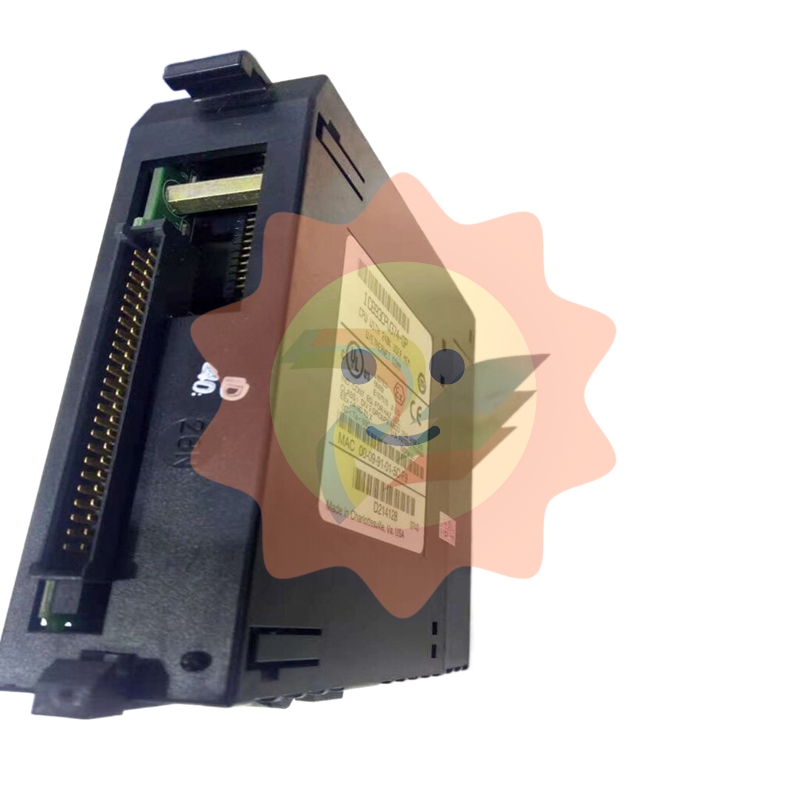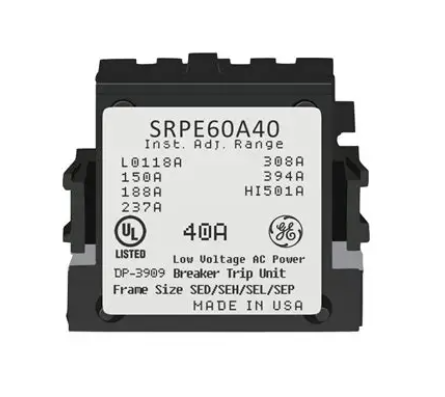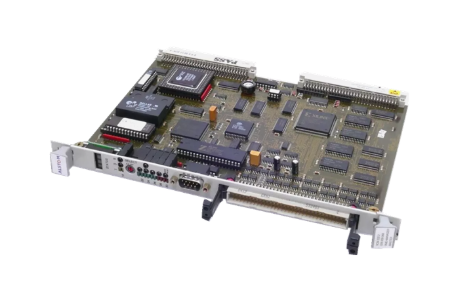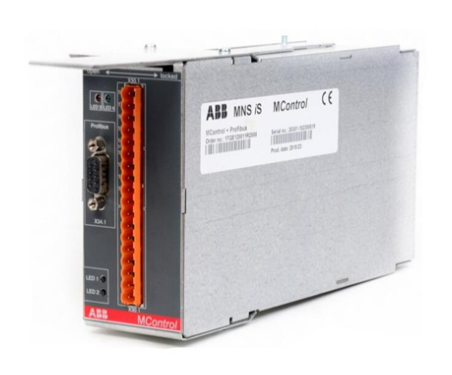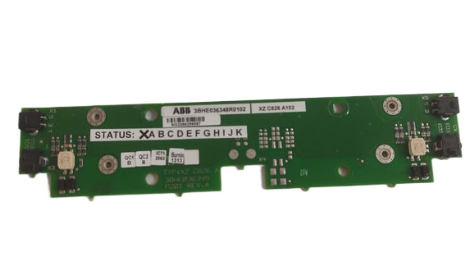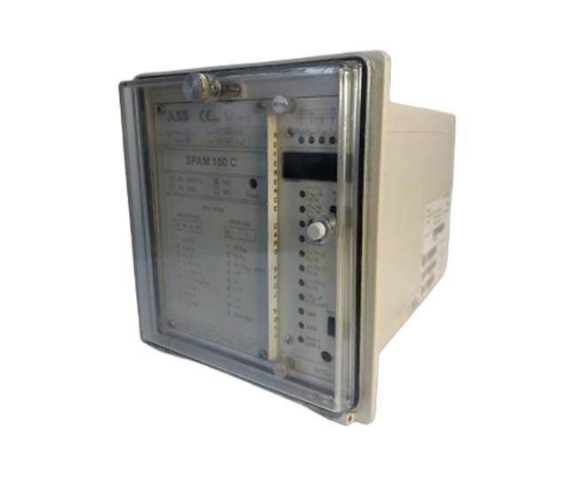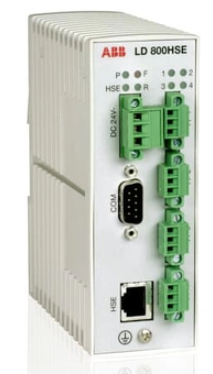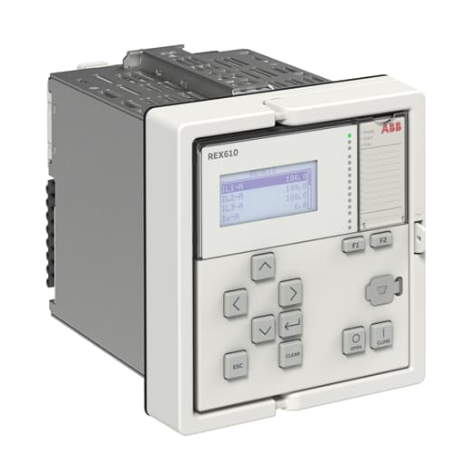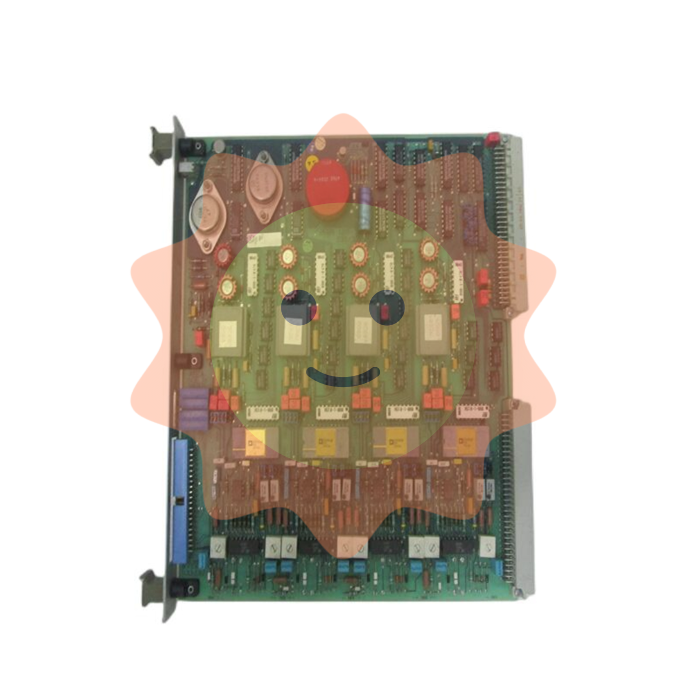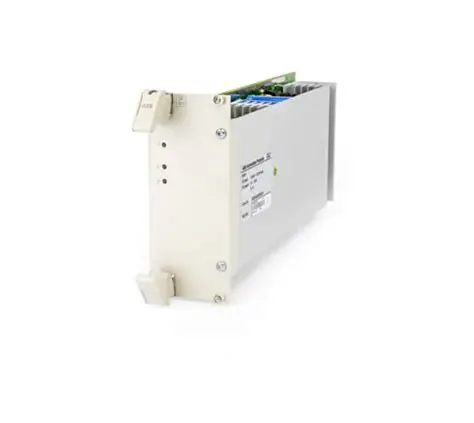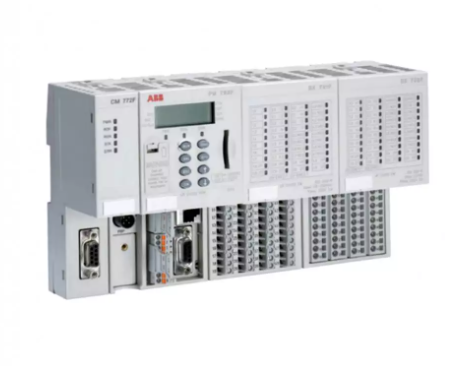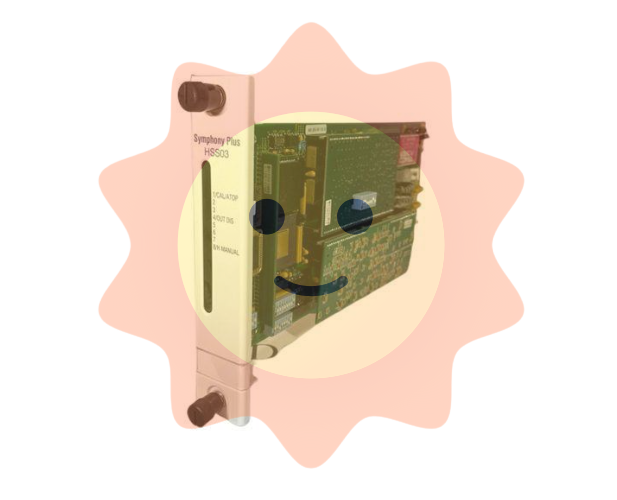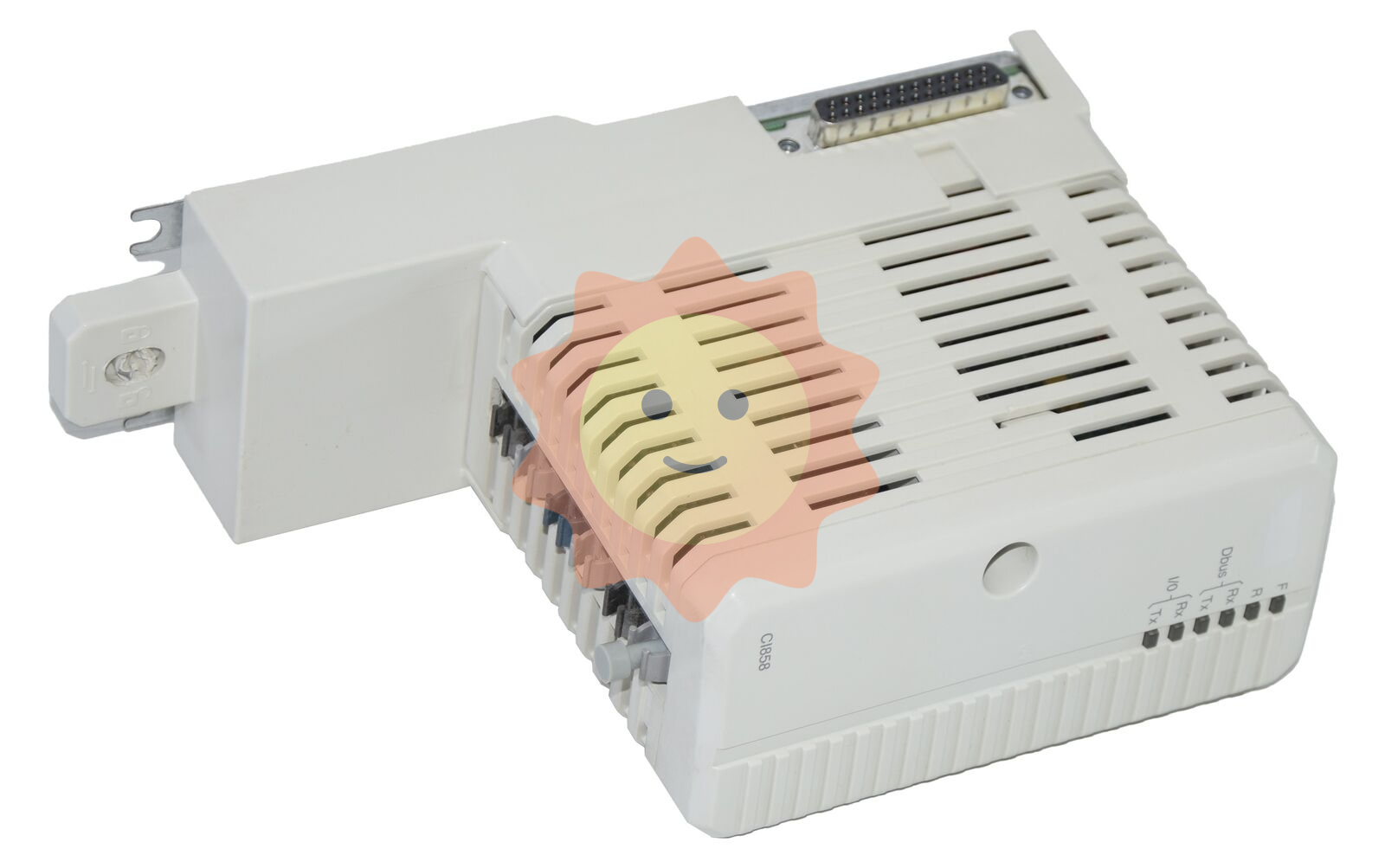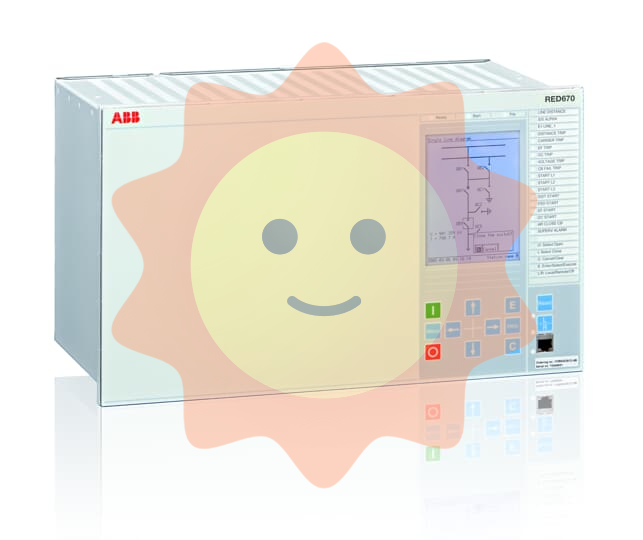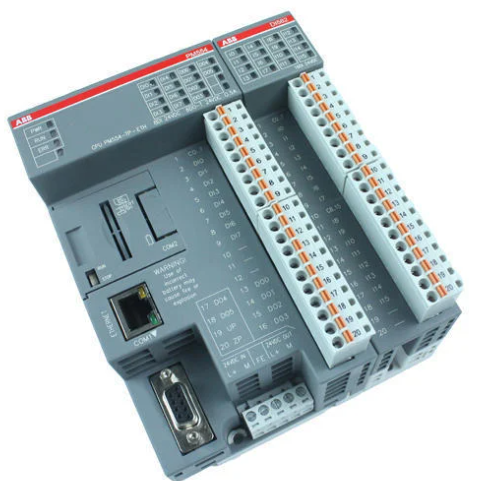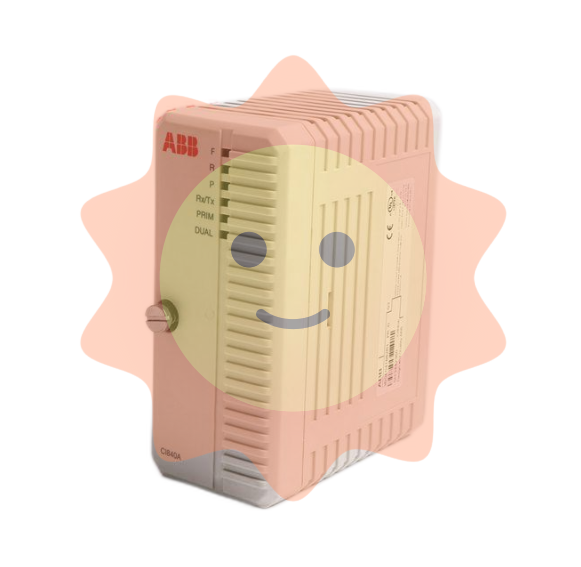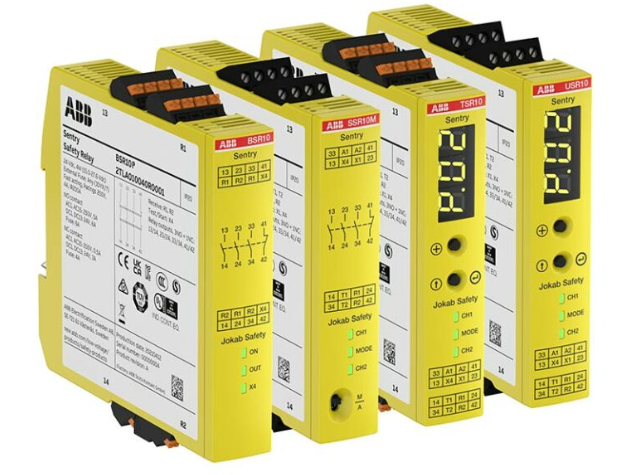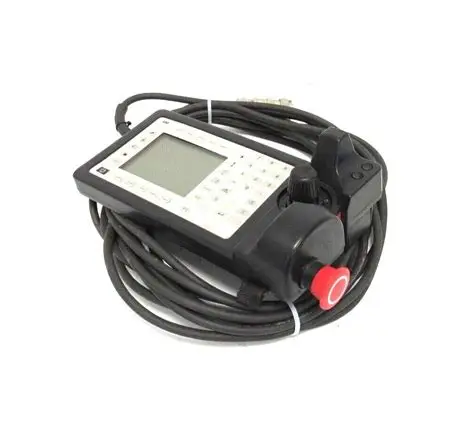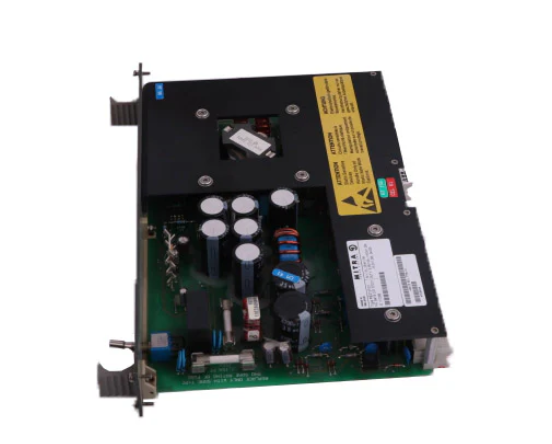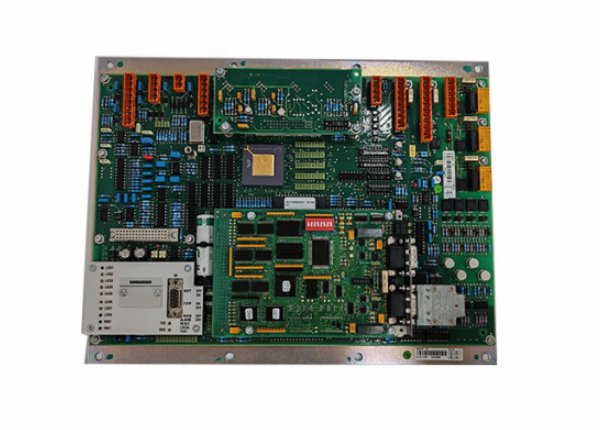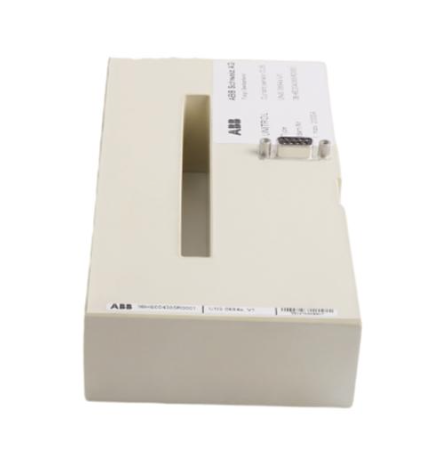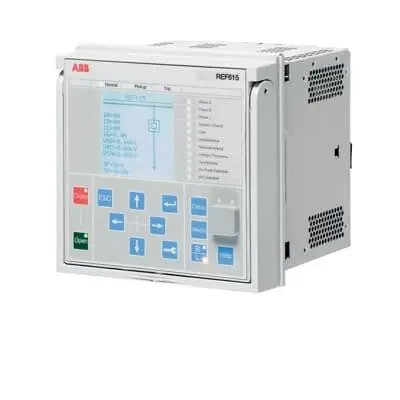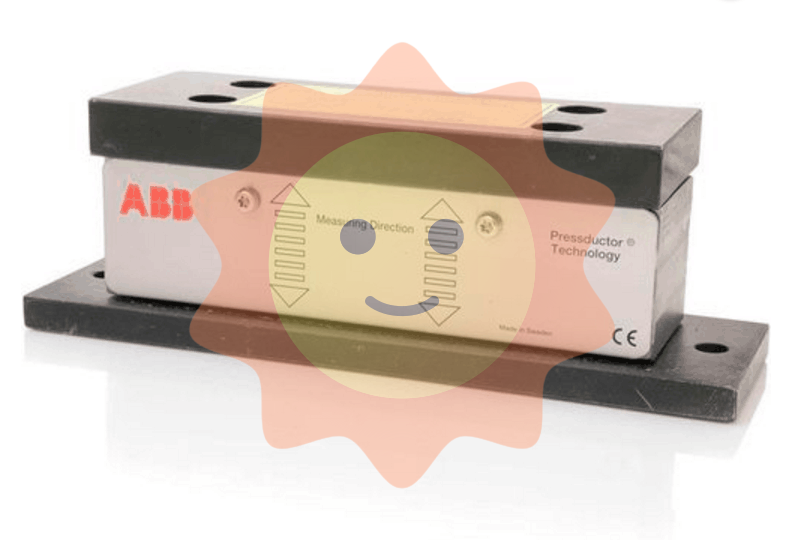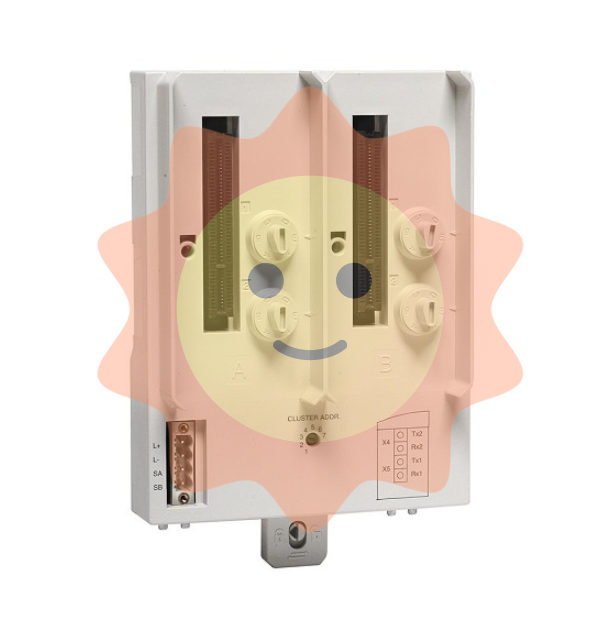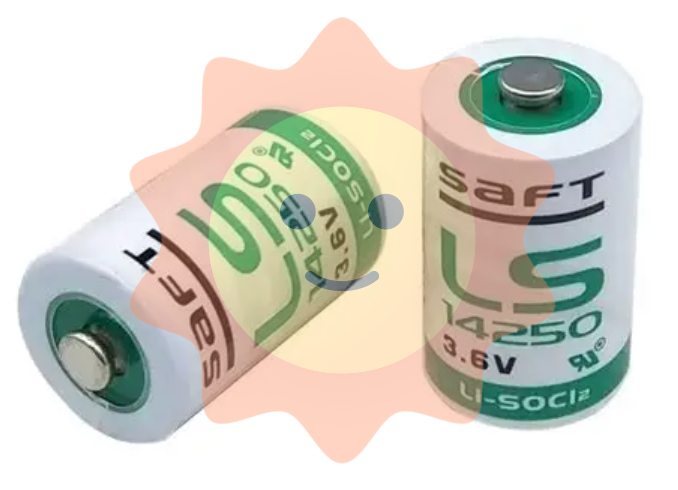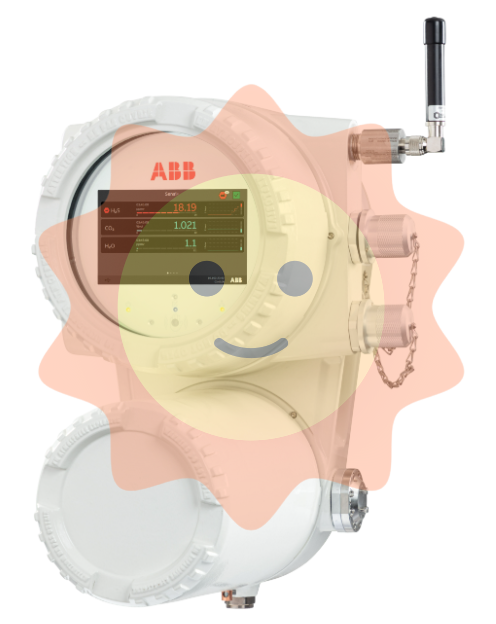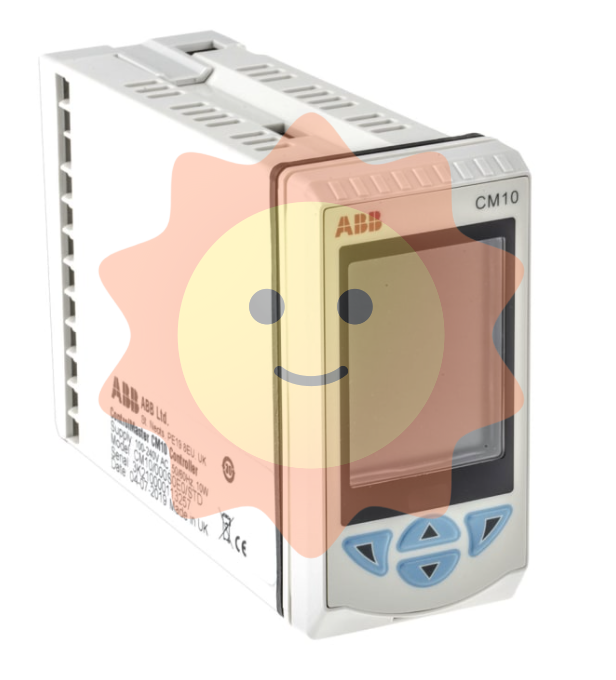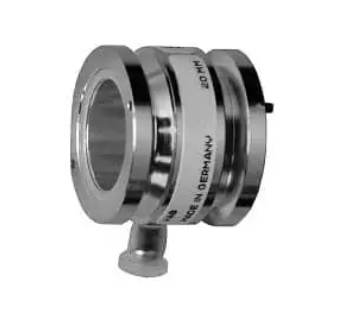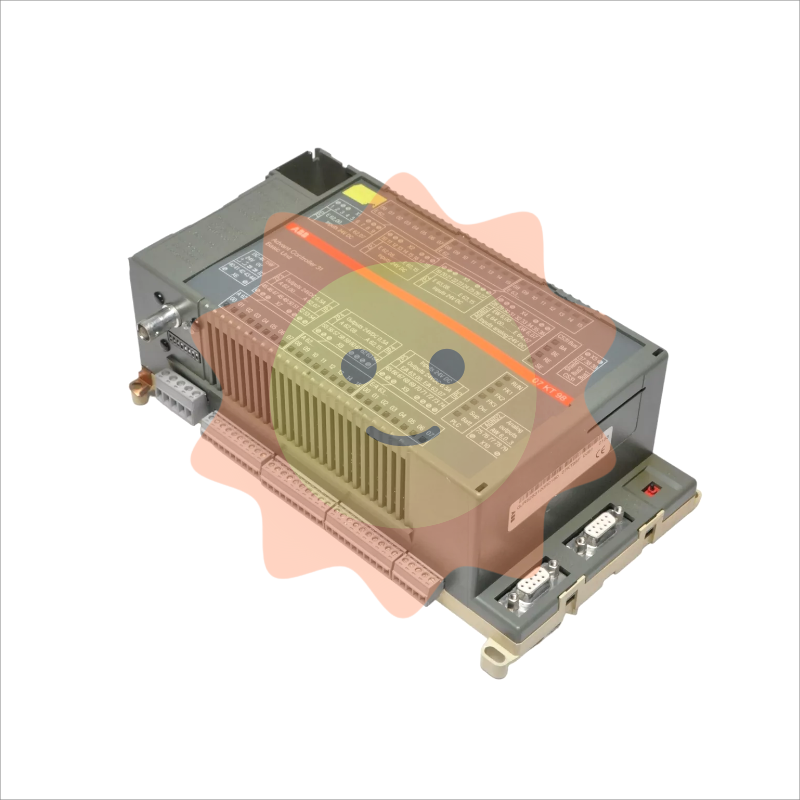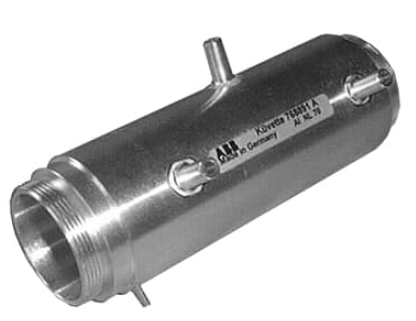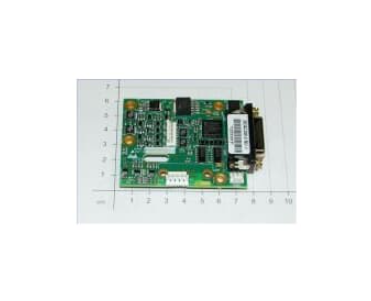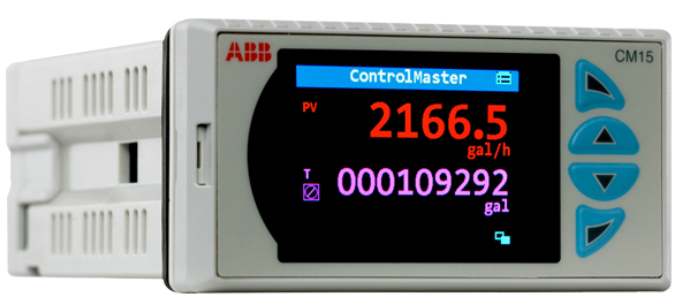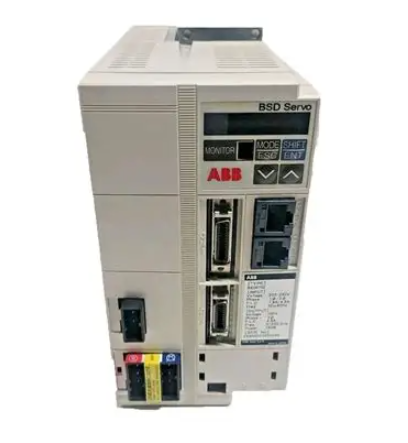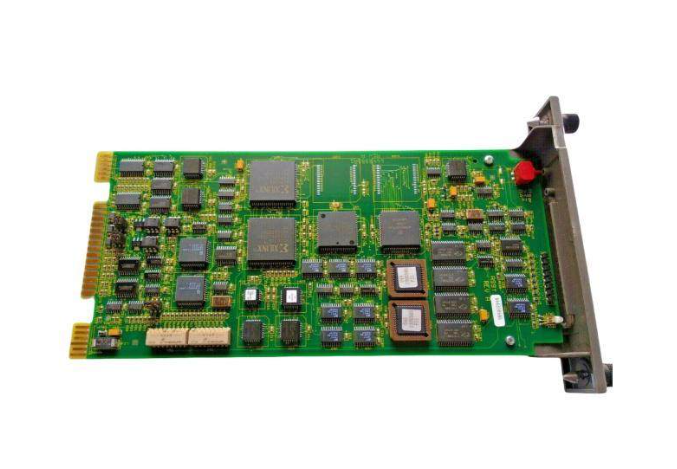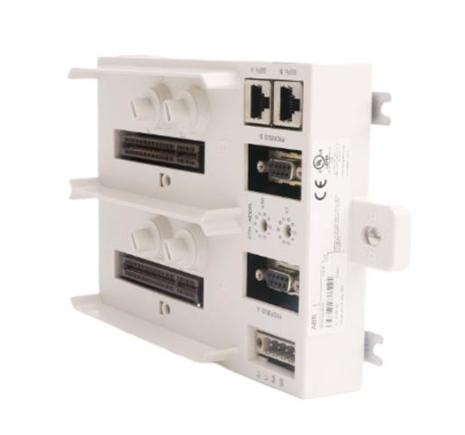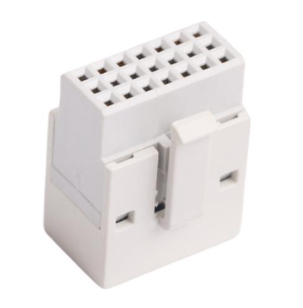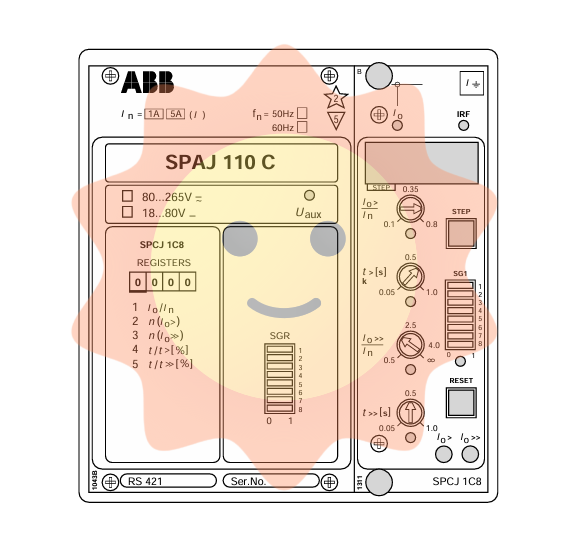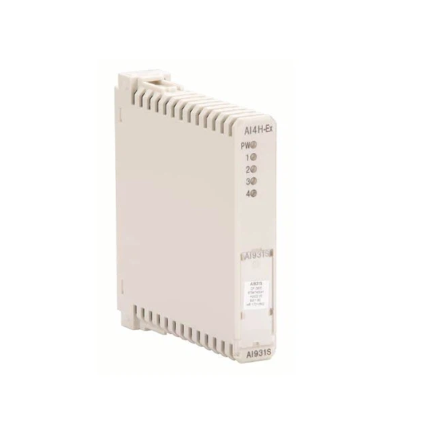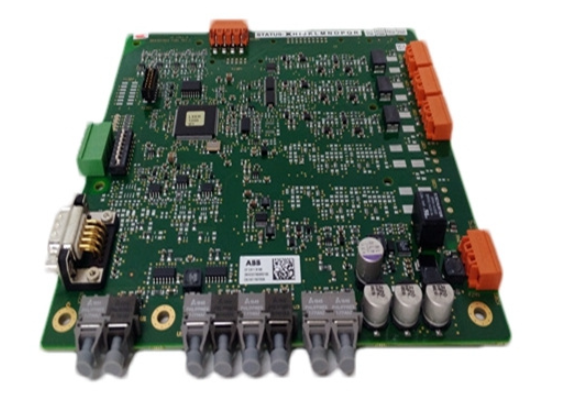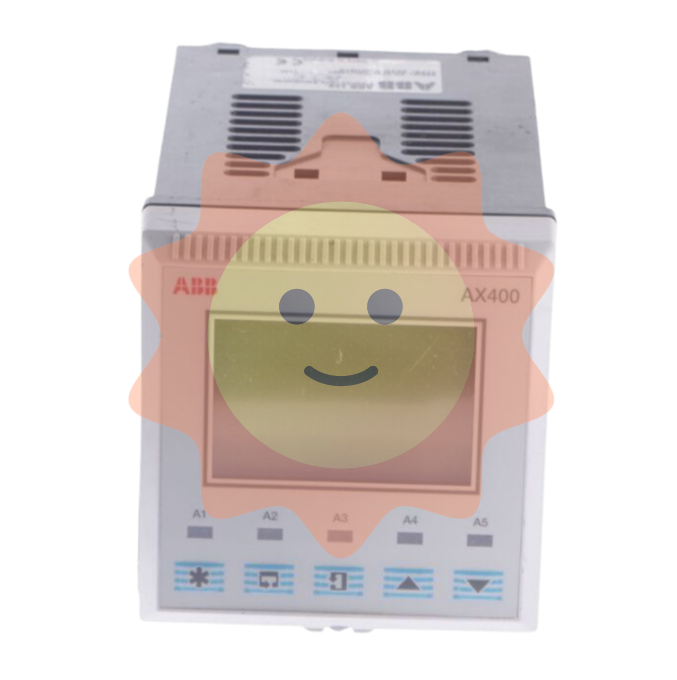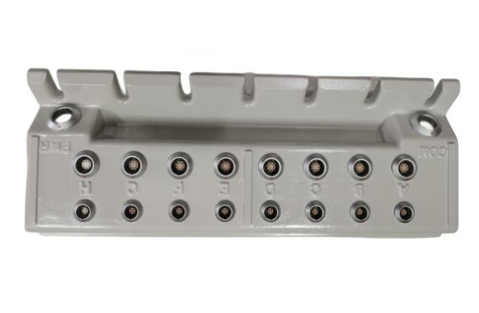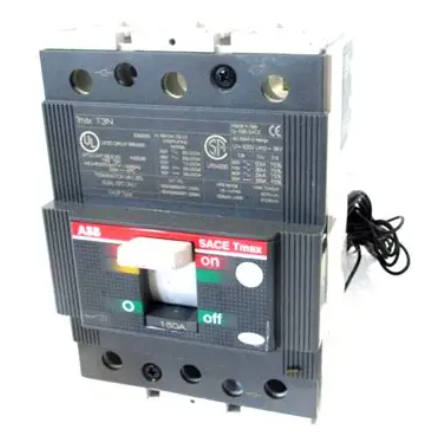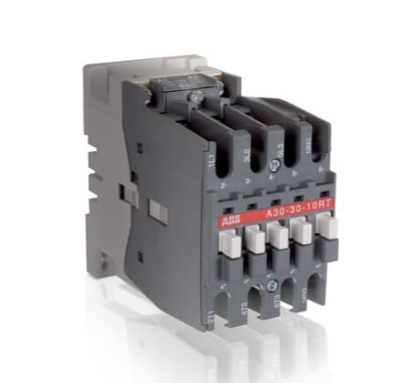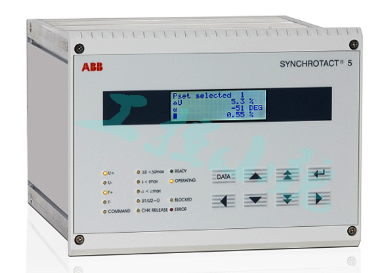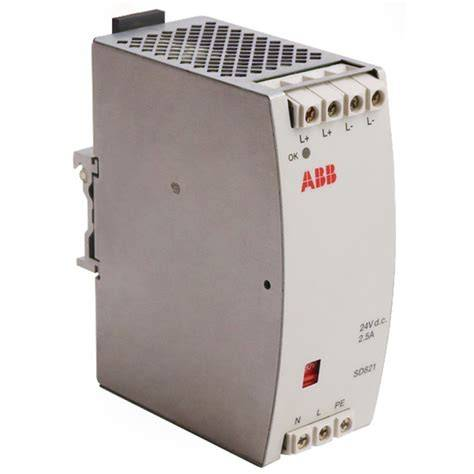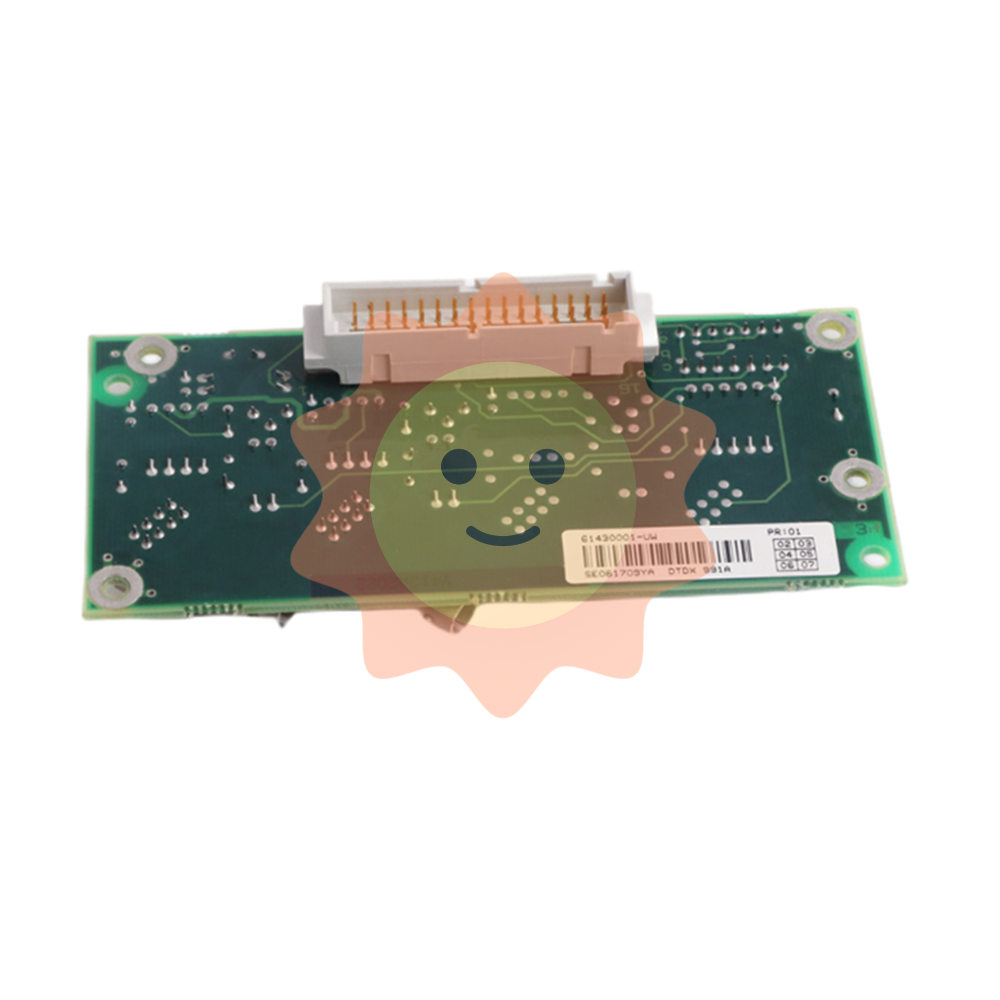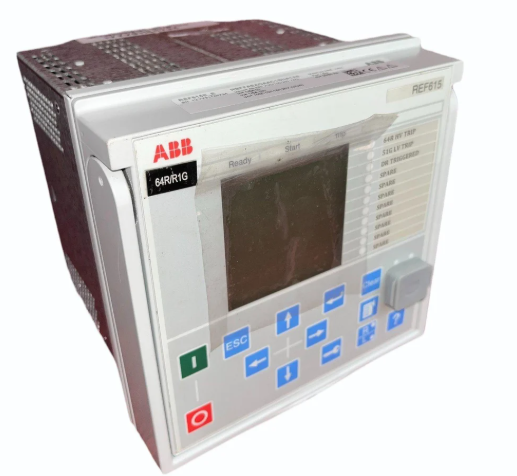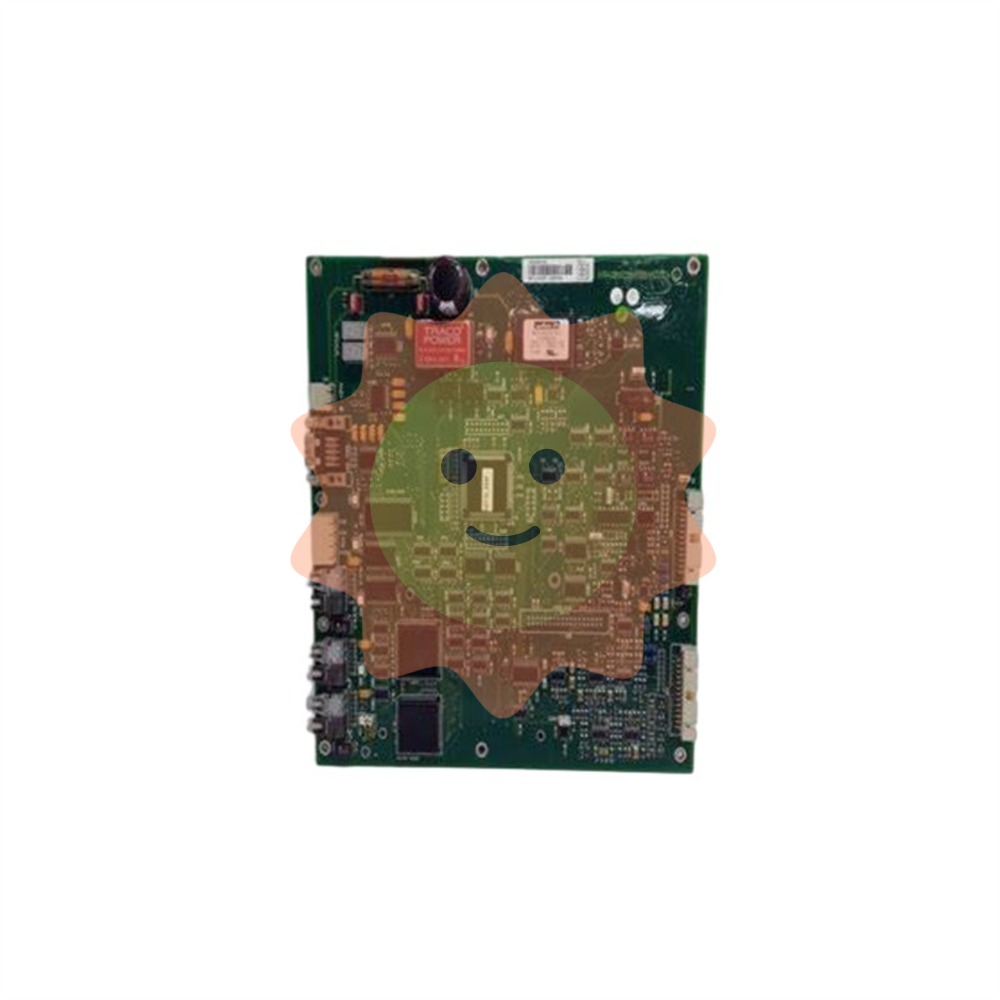Principle and efficiency of microbial fuel cell power generation
The system is highly dynamic and rarely operates in steady-state conditions, lacking a mathematical model that effectively and accurately describes the process dynamics.
The goal of the microbial fuel cell system is to both generate electricity and discharge sewage while meeting national contaminated water discharge standards.
Non-quantitative information.
From the control loop analysis, the conventional control strategy of microbial fuel cell is mainly to control the process variables of microbial fuel cell. Include the following points:
Feed flow control.
pH control. The proliferation and catalysis of microbial fuel cell inoculated bacteria have certain requirements on pH, and pH also affects the reaction speed, and the pH range of hydrogen production process is maintained at 3.8 ~ 4.5.
DO concentration control. The control of dissolved oxygen in the cathode is very important.
F/M control. When F/M is too low, the production rate of bacteria will decrease, the bacterial age will increase, and the system is susceptible to the peak effect of organic matter.
Biosensor: The microbial fuel cell type BOD sensor was used to sample and measure the sewage respectively, and the experimental results showed that the BOD value of the sewage sample could be successfully measured, and the deviation range was 3% ~ 10% compared with the traditional method.
Pollution control: Microbial fuel cells can treat living wastewater, such as living sewage or glucose in the anode chamber of the single-chamber microbial fuel cell, and the bacteria in the sewage are used as biocatalysts. o When the battery uses domestic sewage (COD of 200 ~ 300 mg/L) as fuel, after 140h continuous operation, When the maximum voltage is 0.32V, the COD value of the treated sewage is reduced by more than 50%.
- EMERSON
- Honeywell
- CTI
- Rolls-Royce
- General Electric
- Woodward
- Yaskawa
- xYCOM
- Motorola
- Siemens
- Rockwell
- ABB
- B&R
- HIMA
- Construction site
- electricity
- Automobile market
- PLC
- DCS
- Motor drivers
- VSD
- Implications
- cement
- CO2
- CEM
- methane
- Artificial intelligence
- Titanic
- Solar energy
- Hydrogen fuel cell
- Hydrogen and fuel cells
- Hydrogen and oxygen fuel cells
- tyre
- Chemical fiber
- dynamo
- corpuscle
- Pulp and paper
- printing
- fossil
- FANUC
- Food and beverage
- Life science
- Sewage treatment
- Personal care
- electricity
- boats
- infrastructure
- Automobile industry
- metallurgy
- Nuclear power generation
- Geothermal power generation
- Water and wastewater
- Infrastructure construction
- Mine hazard
- steel
- papermaking
- Natural gas industry
- Infrastructure construction
- Power and energy
- Rubber and plastic
- Renewable energy
- pharmacy
- mining
- Plastic industry
- Schneider
- Kongsberg
- NI
- Wind energy
- International petroleum
- International new energy network
- gas
- WATLOW
- ProSoft
- SEW
- wind
- ADVANCED
- Reliance
- YOKOGAWA
- TRICONEX
- FOXBORO
- METSO
- MAN
- Advantest
- ADVANCED
- ALSTOM
- Control Wave
- AB
- AMAT
- STUDER
- KONGSBERG
- MOTOROLA
- DANAHER MOTION
- Bently
- Galil
- EATON
- MOLEX
- Triconex
- DEIF
- B&W
- ZYGO
- Aerotech
- DANFOSS
- KOLLMORGEN
- Beijer
- Endress+Hauser
- MOOG
- KB
- Moxa
- Rexroth
- YAMAHA
- Johnson
- Westinghouse
- WAGO
- TOSHIBA
- TEKTRONIX


Email:wang@kongjiangauto.com


